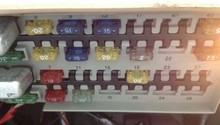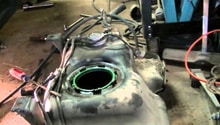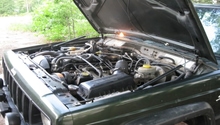Jeep Grand Cherokee 1999-2004: Fuse Box Diagram
The Jeep Cherokee has two fuse boxes: the Power Distribution Center is located under the hood and the junction fuse box is located inside the kick panel. Knowing how to change a fuse and identifying when a fuse is blown can mean the difference between resolving a minor issue or paying a profession to do it.
This article applies to the Jeep Cherokee WJ (1999-2004).
The fuse boxes inside your Jeep Cherokee contain fuses that control just about every system and component. If a fuse blows, then that component or system will stop working. A blown fuse usually indicates that the connected or controlled component began to draw too much power. When a fuse breaks, then the electrical current supplying the component with power will be interrupted and the component will no longer work. Open one or both fuses boxes and you'll see dozens of fuses. But don't worry, you'll also find a diagram in each fuse box that identifies the fuse and what it controls. Fuses are also color coded, which also can help you identify which fuse controls what component.
Fuse Types
Inside your Cherokee's two fuses boxes you'll find several types of fuses. How your Cherokee relies on each fuse depends on a number of variables, including the electrical circuit's current demands. There are four primary categories of fuses: blade fuses, glass tube or Bosch type fuses, fusible links, and fuse limiters. The fuses inside your Cherokee are mostly blade type fuses. This type of fuses comes in six sizes: micro2, micro3, low-profile mini, mini, regular, and maxi. A good rule of thumb to remember is the bigger the fuse, the more current that flows through it. Fuses also come in a number of colors. You can usually identify a fuse by its color, though its number is usually printed on it as well.
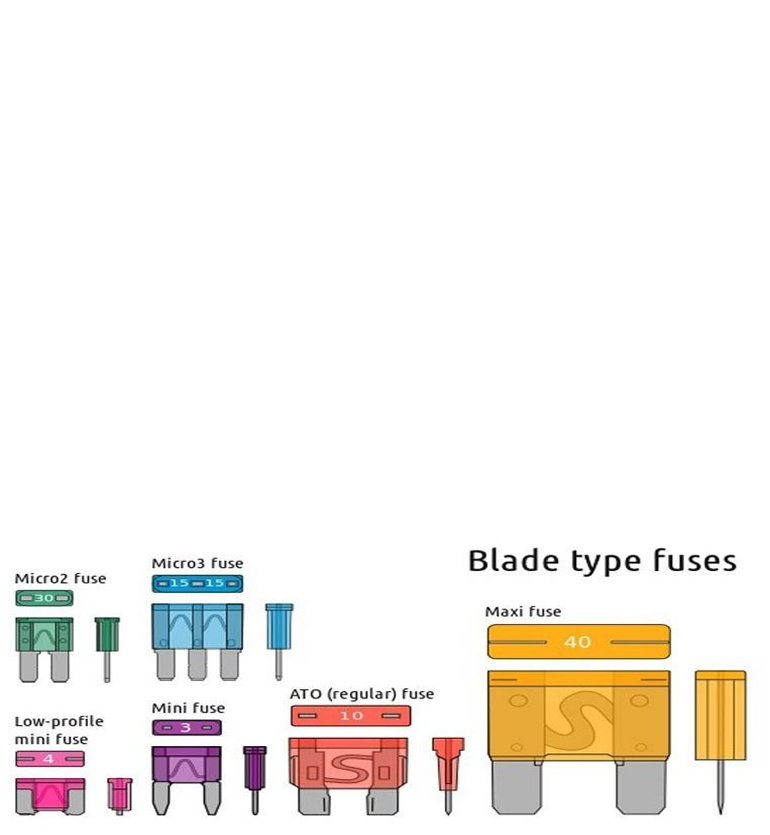
Figure 1. Fuse types and amperage ratings. 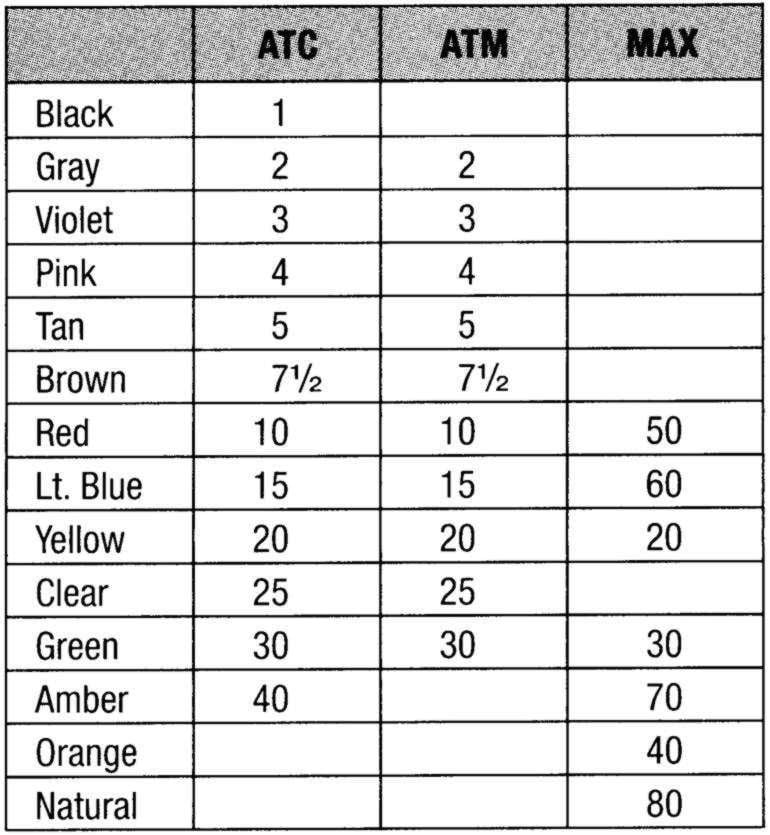
Figure 2. Fuse colors and corresponding amperage ratings.
The Power Distribution Center
The Power Distribution Center is located under the hood of your Cherokee. You can usually find it next to the power steering fluid reserve. Opening the cover is relatively easy—just lift up. The covers in some model years are also held in place with tabs. If the cover to your Power Distribution Center is held in place with tabs, then undo the tabs and then lift the cover up. Be sure to set it aside somewhere safe, since you'll replace it before closing the hood.
The fuses inside your Power Distribution Center control several power-driven components of your Cherokee. The following circuits are either attached to or controlled by a fuse in your Power Distribution Center:
- Fog Lamp Relay
- Fuel Pump Relay
- ABS Pump Motor Relay
- A/C Relay
- Auto Shut Down Relay
- Engine Starter Motor Relay
- ABS System Relay
- WIndshield wipers
- Cabin heater
- Transmission control module
- Radio and interior lights
- O2 downstream relay
- Coil rail and injectors
- Combination flasher
- Power amplifier

Figure 3. Power Distribution Center diagram. 
Figure 4. Overhead view of the Power Distribution Center inside the engine bay of a Jeep Cherokee.
Jeep Cherokee Junction/Fuse Box
When you think about your Cherokee's fuse box, you likely think about the fuse box located inside your kick panel. The kick panel is located on the left side of the instrument panel. To access, you'll need to open the driver's side door. The kick panel simply pops off and a label on the inside of this panel identifies each fuse inside the fuse box, so you don't need to be an expert DIY'er to check and change fuses! Unlike the fuses inside the Power Distribution Center, the fuses inside this fuse box control parts of your Cherokee that turn on and off, instead of affecting an entire system like fuses inside the Power Distribution Center do.
Some of the components fuses inside the fuse box control include:
- Power outlet
- Cigarette lighter
- Headlamps
- Dashboard lights
- Turn signals and license plate light
- Power mirrors and rear defogger
- Radio
- Horn
- Airbags
Several fuses inside this fuse box actually don't control or affect anything and are there for you to use if a fuse blows. In the diagram below, note that there is space for spare fuses. If you need to replace a fuse, you can use one of these spare fuses to do so.
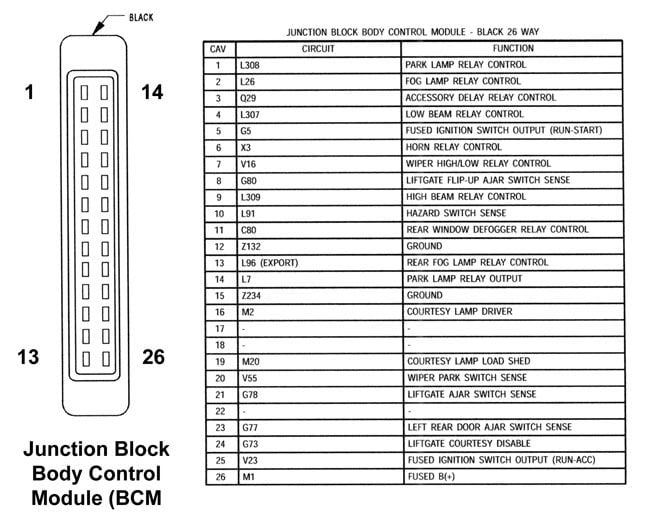
Figure 5. List of fuses inside cabin fuse box and what components each fuse controls. 
Figure 6. Overhead view of cabin fuse box.
Common Questions
Why do fuses blow?
When a component of your Cherokee begins to draw too much power, the fuse will simply interrupt the component's power supply, effectively disabling it until you can resolve the issue. Without this built-in protective measure, a component that begins to draw too much power could also overheat, and in some cases, cause an electrical fire. If a component suddenly stops working—for example, if your horn no longer works or if the lights on your dashboard go out—check your fuses before you do anything else.
Related Discussions
- Blowing 10 and 11 Fuse Box - CherokeeForum.com
- AIrbag Light? - CherokeeForum.com
- Brake and Blinker Fuse Keeps Blowing - CherokeeForum.com
- Relay-Fuses for Fog Lights - CherokeeForum.com




